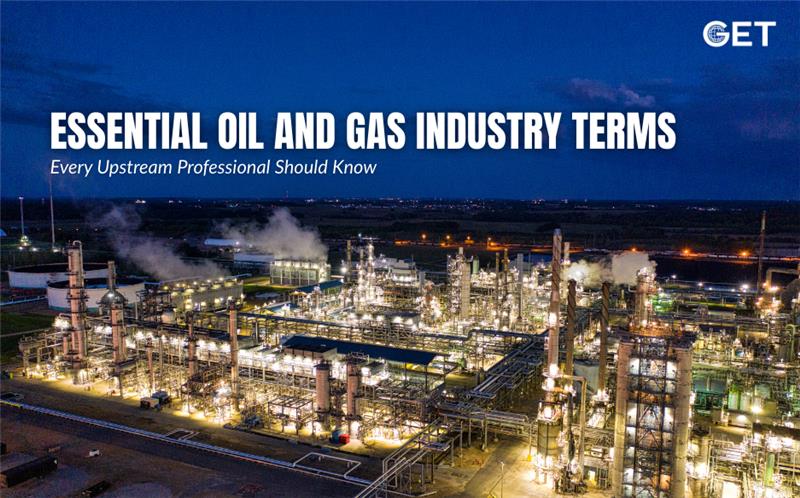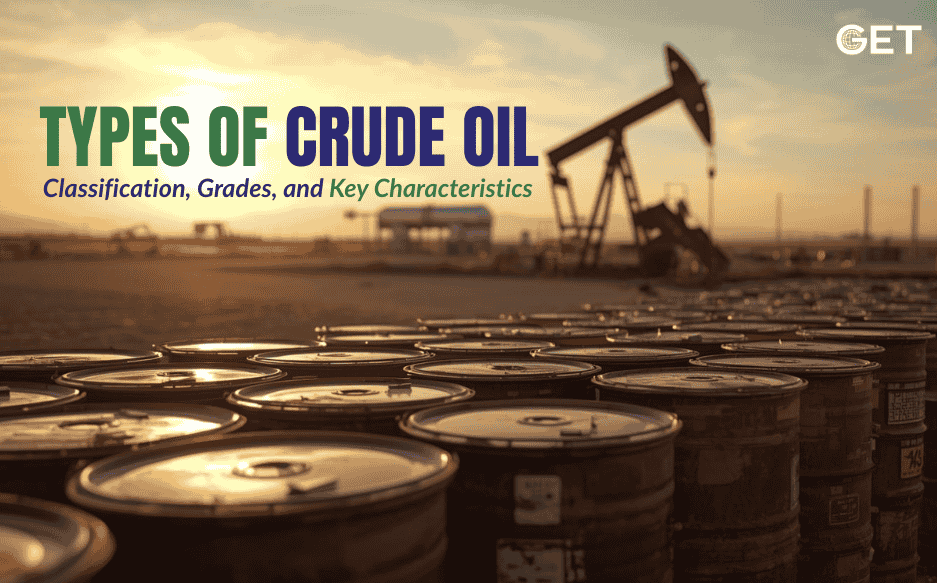
Imagine standing on a broad oilfield with the knowledge that oil and gas lie deep underneath, trapped in tight rock. The challenge is that the reserves are hard to get at. This is where horizontal drilling flourishes, making possible the extraction of oil and gas that were considered too hard.
Horizontal drilling allows drilling that is set horizontally-an alternate form of drilling, letting the drill bit turn sideways after drilling down. Because of this method, along with hydraulic fracturing, the oil and gas industry has been revolutionized to economically extract hydrocarbons in difficult settings.
We begin from drilling downwards like normal:
The application of horizontal drilling opened a new revolution for the whole upstream oil and gas industry. One horizontal well could replace innumerable vertical wells, each one tapping much of the underground area. This meant high production with a low land footprint.
Think of oil under your feet as being shaped like a giant pancake. By drilling vertically downward you would access only a small portion of it. Whereas horizontal drilling taps into a far larger section, therefore becoming remarkably efficient.
Among the many real benefits of this method are:
Horizontal drilling has greatly altered the landscape of the oil and gas business. Fields considered to be empty are now being worked once again. Countries became less dependent on foreign oil. For some places, like the Permian Basin in the U.S., the economic boom provided by this method has been unreal.
It’s not just oil; horizontal drilling has also provided the free rein for bringing in large amounts of cleaner natural gas in competition against coal. Today, more clean energy sources are required, and with the outside world in search of such energy, horizontal drilling has in its own way played a part.
Despite the benefits, there are some downsides to horizontal drilling. It requires high capital investments, skilled workforce, and the latest technology. The investment pays off for an oil and gas company that is willing to face the challenges.
Horizontal drilling offers many benefits, but it also has many other challenges. It requires a lot of investment, skilled workers, and advanced technology. However, for oil and gas companies ready to tackle these challenges, the benefits far exceed the costs.
One thing is certain as the industry moves forward: Horizontal drilling will not fade away in a hurry. It is the key to more efficient extraction of oil and gas. Next time you look at an oil rig, think: it’s not just drilling down, it’s reaching out, pulling energy from deep under the ground.
Read Also- Navigating the Global Energy Workforce

By Get global | December 17, 2025
As the oil and gas industry moves toward 2026, the pressure is no longer coming from one direction. Markets remain volatile. Regulations are tightening. Digital expectations are rising. At the same time, demand for reliable energy has not disappeared. What has changed is how companies respond to this complexity. Many […]

By Get global | December 11, 2025

By Get global | December 5, 2025
Turkey’s ambitions in the energy sector have taken a significant step forward as Turkish Petroleum (TPAO) ramps up drilling at its latest Black Sea discovery. The find is considered one of the most promising additions to the region’s portfolio, reshaping the conversation around Turkish gas exploration, self-sufficiency, and the future […]

By Get global | November 27, 2025
The upstream oil and gas industry is thrilling, quick-moving, and rich with opportunities—but let’s face it, it also has a lot of technical language. If you are a newcomer to the industry, changing jobs, or just wanting to enhance your knowledge about the industry, mastering the right terms can facilitate […]

By Get global | November 24, 2025